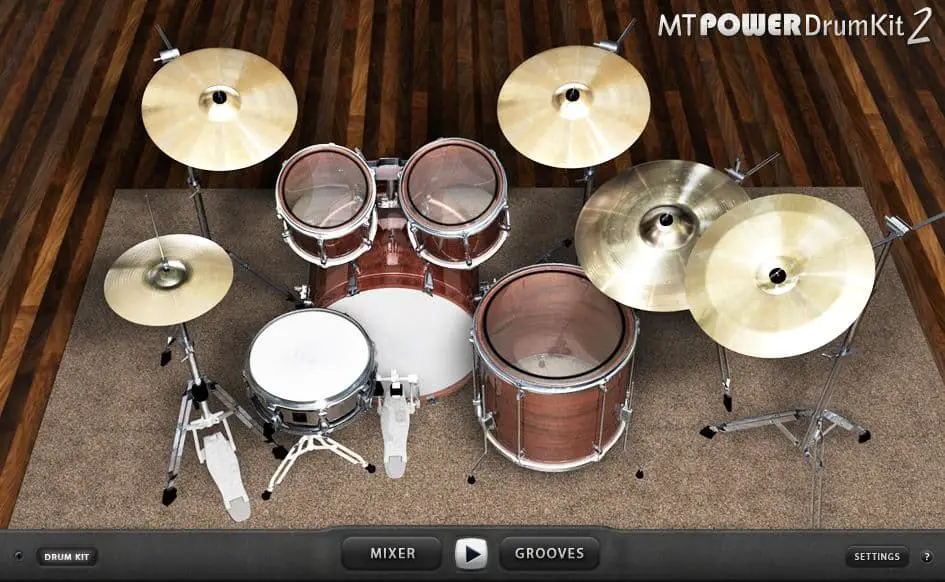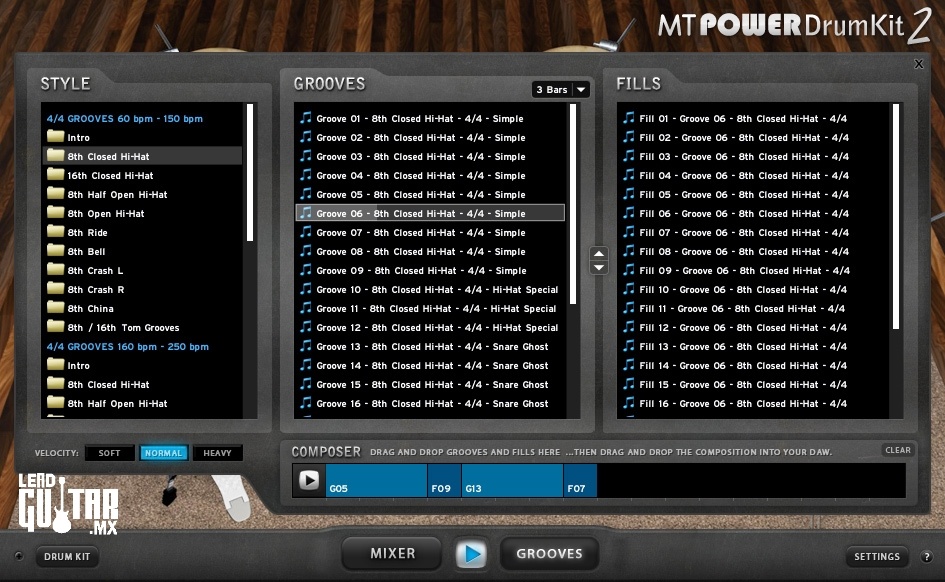

Well, we don’t recommend it, but we’re sure your dad once had to use both feet to stop his old Thunderbird, which we don’t recommend either. Therefore, by bleeding the system, and then checking the system for leaks, if none appear, a closer look at the brake master cylinder is in order. All the above brake pedal signs are either a fluid leak or a defective master cylinder. However, if anything gets into the braking system, those contaminants can infiltrate the master cylinder and cause it to become ineffective. Brake master cylinders can last longer than the car they’re bolted to because for the most part they’re sealed from any outside elements.

Other signs pointing to a possible bad brake master cylinder is a spongy brake pedal, a brake pedal that goes to the floor, or a brake pedal that doesn’t maintain pressure. The most obvious sign of a possible bad brake master cylinder is the fact your brakes are under performing. How Can I Tell When the Master Cylinder Is Bad? In a dual master cylinder arrangement, you can lose a rear brake hose, yet still have adequate pressure to the front brakes to bring the vehicle to a stop. Most often, one circuit is responsible for feeding the front brakes, while the other feeds fluid to the rear brakes. With a dual master cylinder, there are two reservoirs, or circuits, responsible for feeding brake fluid to all four corners. This was fine until a brake line or hose failure, which with that arrangement means all braking is lost. The master cylinder had just one reservoir, or circuit, providing pressure to all four wheels. Sometimes referred to as circuits, early brake master cylinders were of the single reservoir variety (sometimes referred to as a “jelly jar” master cylinder). The one area where brake master cylinders differ is in the direction the fluid goes once it leaves the master cylinder. A master cylinder for brakes is specifically designed to apply brake fluid under pressure to each caliper or wheel cylinder. Are All Master Cylinders the Same?Īll master cylinders perform the same function. A master cylinder with reservoir that is remotely mounted often allows a more compact pedal/master cylinder arrangement under dash or floor with the convenience of the reservoir being easily accessed under hood. Some race-oriented brake master cylinders feature a remote master cylinder reservoir mounted to a roll bar or in the engine compartment. These systems sometimes have a trap door to access the master cylinder with a reservoir.
#MT POWER DRUM KIT MANUAL DRIVER#
If you have a floor-mounted brake pedal, chances are the brake master cylinder is under the floor between the pedals and the driver seat. The brake master cylinder receives its pressure input from the brake pedal. Regardless, the brake master cylinder is connected to the brake pedal in some fashion. However, in many applications where engine compartment space is at a premium, like hot rods and race cars, the brake master cylinder could be under the dash or even under the floor. In most instances, the brake master cylinder is in the engine compartment. If you have a drum brake system, that fluid pressure is applied to the wheel cylinders, which applies outward pressure to the brake shoes on the inner lining of the brake drum to provide the stopping power.

For disc brakes it is the brake calipers the fluid is routed to that provides clamping force on a vehicle’s brake rotors to slow down. It uses a piston within the brake master cylinder to pump and maintain fluid pressure through the brake lines to the brake components to aid in slowing/stopping the vehicle. Brake fluid is the hydraulic fluid used as its driving force under the basic principles of hydraulics.

A brake master cylinder is basically a hydraulic pump actuated by the brake pedal and pressure applied to said pedal by the driver’s foot.


 0 kommentar(er)
0 kommentar(er)
